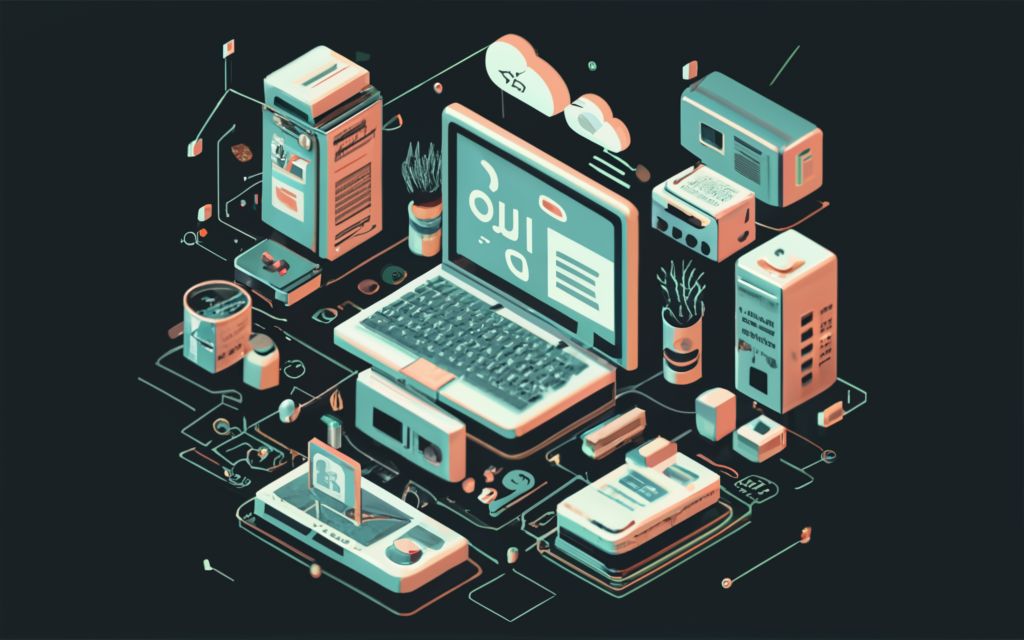Generations of Computers:
Explore the generations of computers and their evolution over time. Learn about the first, second, third, fourth, and fifth generations of computers, and their significance in the history and development of computer technology and hardware.
A Journey Through Technological Evolution
Computers have evolved tremendously since their inception, undergoing distinct phases known as generations. Each generation signifies a significant leap in technological advancement, shaping the computing landscape as we know it today. Let's explore the remarkable journey of computers through these generations and their defining characteristics.
First Generation of Computers (Period 1956-1959) - UNIVAC
The first generation of computers marked the dawn of the digital era. This period, spanning from 1956 to 1959, witnessed the emergence of computers based on vacuum tube technology. One of the pioneers of this generation was the UNIVAC (Universal Automatic Computer), which gained prominence for its ability to perform computations at unprecedented speeds. These early computers were massive, occupying entire rooms, and required extensive maintenance due to the fragility of vacuum tubes. Despite their limitations, these machines laid the foundation for future innovations in computing.

Second Generation of Computers (Period 1959-1965) - IBM
The second generation of computers, spanning from 1959 to 1965, saw a transformative shift from vacuum tubes to transistors. Transistors were smaller, more reliable, and produced less heat than vacuum tubes. This advancement allowed computers to become smaller, faster, and more energy-efficient. IBM (International Business Machines Corporation) was at the forefront of this generation, producing powerful mainframe computers that found applications in scientific research, business, and government sectors. The emergence of high-level programming languages like FORTRAN and COBOL during this period facilitated software development, further expanding the capabilities of computers.

Third Generation of Computers (Period 1965-1970) - Integrated Circuits (ICs)
The third generation of computers, spanning from 1965 to 1970, witnessed the introduction of integrated circuits (ICs), a breakthrough that revolutionized computing technology. ICs combined multiple transistors, resistors, and capacitors onto a single chip of semiconductor material, enabling unprecedented levels of miniaturization and performance. Computers of this era were not only smaller and more powerful but also more reliable and energy-efficient. ISC (Integrated Systems Corporation) played a role in driving this generation forward with innovations in semiconductor technology.

Fourth Generation of Computers (Period 1970-1995)
The fourth generation, spanning from 1970 to 1995, marked a pivotal moment in computing history. This era was characterized by the development of microprocessors, which integrated entire central processing units (CPUs) onto a single chip. This breakthrough paved the way for the creation of personal computers (PCs) that were affordable, accessible, and suitable for individual use. Companies like Apple and Microsoft emerged as key players during this period, introducing graphical user interfaces and operating systems that made computers more user-friendly. The rise of the internet during the late 20th century further transformed the way people interacted with computers, connecting the world in unprecedented ways.

Fifth Generation of Computers (Period 1995 onwards) - Beyond Limits
The fifth generation of computers began in 1995 and continues to the present day. This era is characterized by the convergence of various technologies, including artificial intelligence (AI), parallel processing, and highly integrated circuits. Computers are now capable of performing complex tasks that were once thought to be exclusive to human intelligence, such as natural language processing and machine learning. This generation has witnessed the rise of smartphones, cloud computing, and the Internet of Things (IoT), which have reshaped the digital landscape and transformed the way we interact with technology.

Conclusion: The evolution of computers through different generations showcases the incredible journey of innovation, from massive vacuum tube machines to powerful and compact devices capable of harnessing the power of AI. Each generation builds upon the achievements of its predecessors, continually pushing the boundaries of what is possible in the world of computing. As technology advances, we can only anticipate further exciting developments in the generations of computers yet to come.
Leave a comment